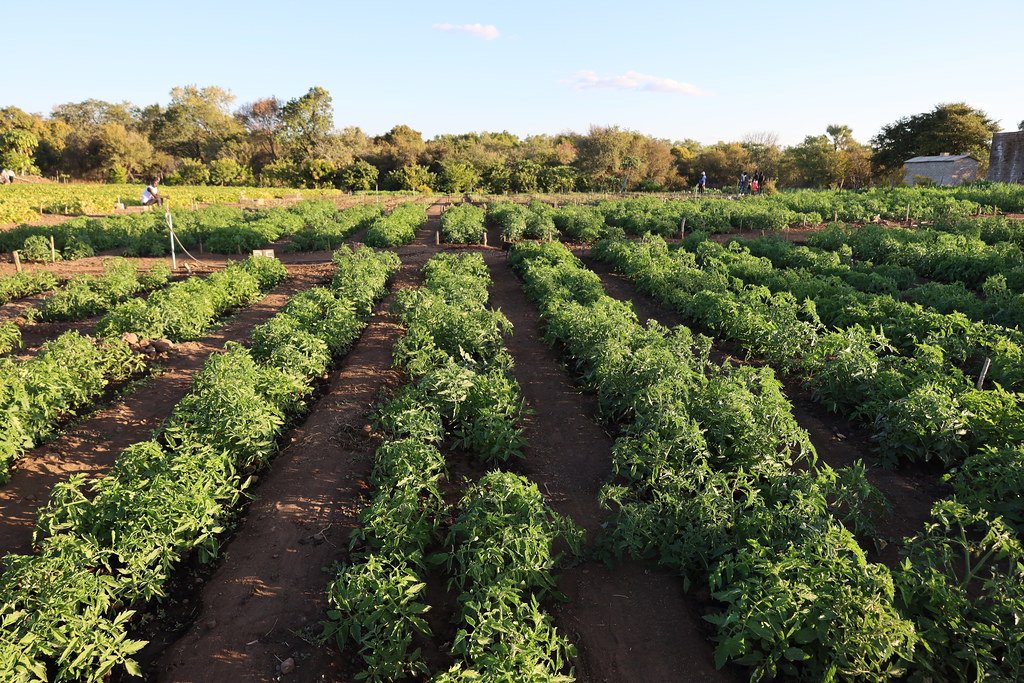A restored wetland in Zimbabwe’s Hwange District is drawing global praise for its integrated approach to conservation, food security, and sustainable livelihoods.
Delegates attending the 15th Conference of the Contracting Parties to the Ramsar Convention on Wetlands (COP15) gained first-hand appreciation of the Kasibo Wetland Project, where a two-hectare garden, orchard, aquaculture system, and weirs now support over 40 local families.
Situated in Ward 9, approximately 100 km from Victoria Falls, the project features a fish pond with a capacity of 500 fish and weirs capable of storing up to 27,000 cubic metres of water. Once neglected, the site has been transformed into a productive landscape that combines traditional practices with modern conservation techniques.
Community members, including the local Nambya people, offered cultural welcomes and shared stories about how the wetland has become more than just an ecological asset, it sustains lives.
The project blends Indigenous knowledge with scientific approaches and has become a vital source of food security and income in this drought-prone region. It integrates beekeeping, crop irrigation, and eco-tourism, demonstrating how wetlands can generate economic benefits while conserving biodiversity.
The visit formed part of the Ramsar Convention’s broader effort to spotlight nature-based solutions and highlight the role of communities in wetland preservation.


